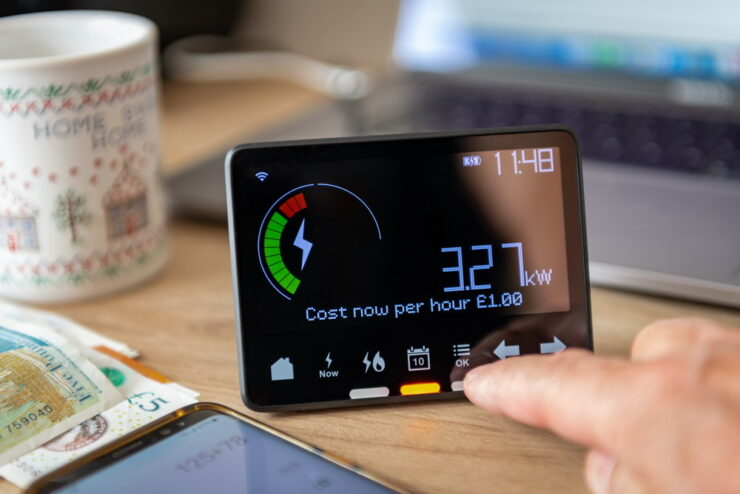Once upon a time, a house was just a shelter, a cozy space to call our own. Nowadays though, technology has transformed the homes we live in into something more: intelligent, efficient, and eco-friendly living spaces. From smart thermostats to home solar panels systems, technology is revolutionizing how people live, saving energyand making homes more comfortable.
The Power of the Sun: Harnessing Solar Energy
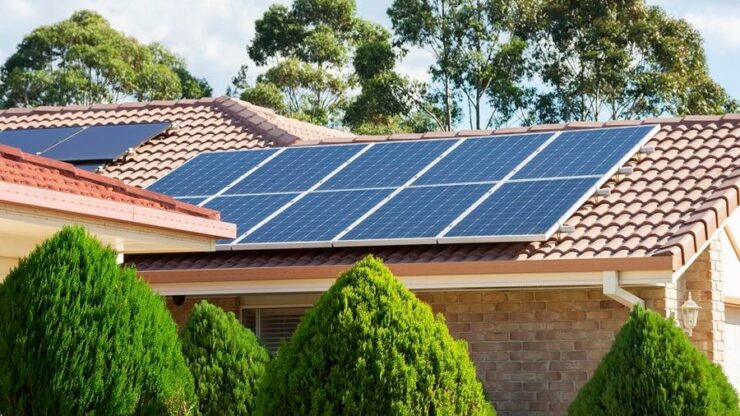
Home solar panels systems have become increasingly popular in recent years, and for good reason. These eco-friendly powerhouses harness the sun’s energy and transform sunlight into electricity, reducing our reliance on non-renewable energy sources. According to the folk at Vivint Solar though, the benefits of solar energy don’t end there.
Installing a solar panel system in your home allows you to save money on energy bills and helps protect the environment. Coal and natural gas are traditional sources of energy that emit harmful greenhouse gases and hence contribute to climate change. Choosing solar power means you’re opting for a clean, renewable source of energy that produces no emissions.
As solar technology continues to advance, home solar panels systems are becoming ever more efficient and cost-effective. Innovations like solar roof tiles and solar windows offer new ways for homeowners to integrate solar power into their homeswithout sacrificing aesthetics. And with energy storage solutions like home batteries becoming more accessible, solar power can be utilized even when the sun isn’t shining.
Taking Control: Smart Thermostats
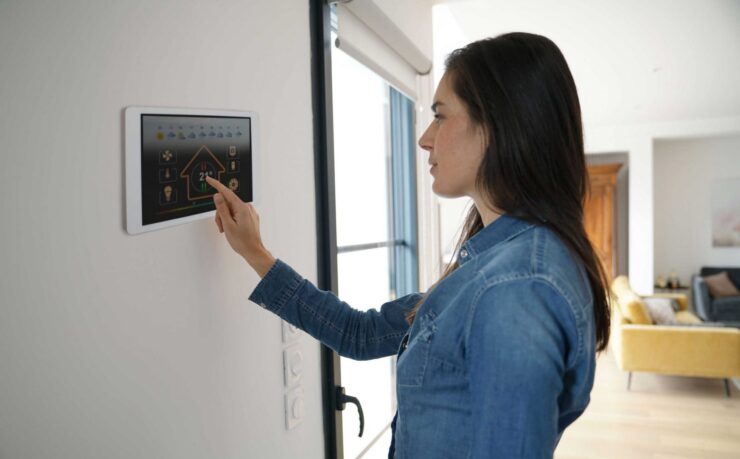
Gone are the days of endless thermostat battles and rooms that are never quite the right temperature. Enter the age of smart thermostats, innovative devices designed to revolutionize how we heat and cool our homes. Learning our daily routines and preferences allows these clever gadgets to automatically adjust the temperature to suit our needs, saving energy and money in the process.
Smart thermostats are equipped with advanced algorithms and sensors that monitor a home’s temperature, humidity, and occupancy. They analyze this data and can then learn your preferences before creating a customized heating and cooling schedule that maximizes comfort and efficiency. For example, a smart thermostat might lower the temperature when you’re away at work or asleep, then warm things up just before you return home or wake up. The result? A cozy, efficient living space that’s tailored to your unique lifestyle.
Smart thermostats can work alongside other clever home gadgets. Think voice-activated smart speakers, intelligent lighting setups, and systems that keep the home secure. This compatibility lets you create a seamless, interconnected smart home ecosystem that can be controlled from a single app or device. Imagine waking up in the morning to a perfectly heated homewith your favorite song playing on the smart speaker and the coffee maker already brewing a fresh pot of joe. That’s the power of smart home integration.
LED Lighting
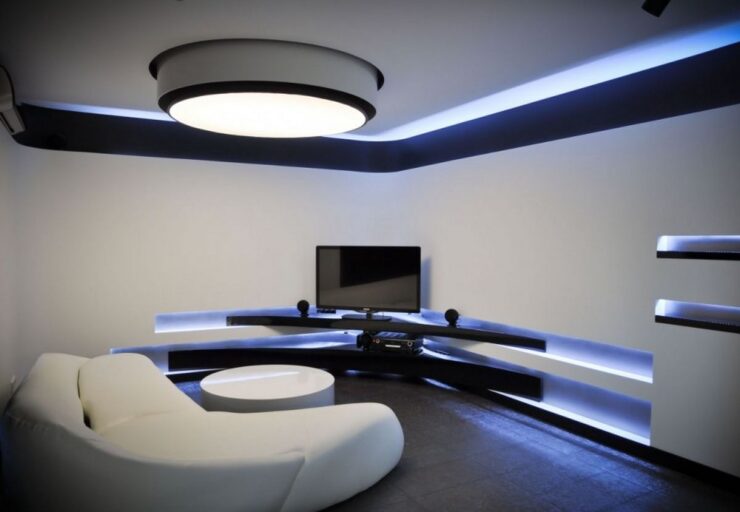
The days of traditional incandescent light bulbs are well and truly numbered, and for good reason. These energy hogs have been outshined (pardon the pun) by the rise of LED lighting, a more efficient and eco-friendlier alternative that’s taking the world by storm. LED bulbs use up to 75% less energy than their incandescent brethren – and they last much longer too.
One of the most significant advantages of LED lighting is longevity. Traditional incandescent bulbs have an average lifespan of around 1,000 hours, but LED bulbs can last up to 50,000 hours or more. This impressive lifespan not only means fewer trips to the store for replacements but also translates to significant cost savings over time. Swapping out old light bulbs for LEDs meanssaving hundreds of dollars over the life of the bulb while making a positive impact on the environment.
Smart Home Devices

Our homes are evolving into intelligent, interconnected ecosystemsthanks to an ever-growing array of smart devices. From smart locks to smart appliances, these gadgets are designed not only to make our lives more convenient but also more efficient. Working together in harmony means thedevices save energy, reduce waste, and create a more comfortable living environment.
Smart washing machines take the guesswork out of laundry day. Equipped with advanced sensors and technology, these clever appliances can detect the size and type of a laundry load, adjusting water and energy usage accordingly. Some models can even be controlled remotely using a smartphone app, allowing you to start or stop a cycle from anywhere. Optimizing water and energy consumption lets smart washing machines help us conserve precious resources and save money on utility bills.
Smart Plugs
We’ve all been guilty of leaving devices on standby or forgetting to turn off the lights when leaving a room. Enter smart plugs, the energy-saving superheroes of the smart home world. These ingenious devices can be connected to a home’s electrical outlets, letting you control the power supply to your devices remotely via a smartphone app or smart speaker. Some smart plugs even come with built-in energy monitoring, providing insights into energy consumption, and helping identify opportunities to save.
Turning off devices when not in use or setting schedules for appliances to run during off-peak hours means smart plugs help save energy and moneywhile reducing one’s carbon footprint.
Smart Locks
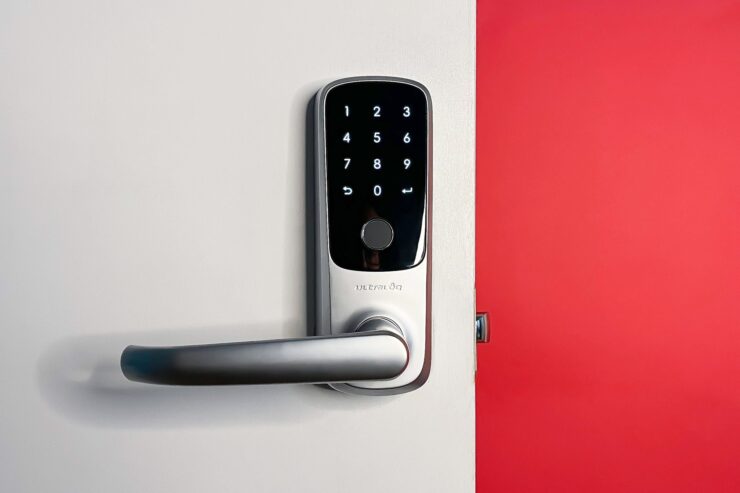
Security is a top priority for countless homeowners; smart locks are here to offer peace of mind with a touch of convenience. These high-tech locks can be controlled remotely using a smartphone app or smart speaker, allowing you to lock or unlock doors from anywhere. Some models even let you create temporary access codes for guests or service providers, eliminating the need for physical keys.
But smart locks aren’t just about security; they can also help make a home more energy efficient. By integrating with other smart devicessuch as smart thermostats or lighting systems, a smart lock can automatically adjust a home’s temperature or lighting when the occupantleaves or returns, saving energy and creating a more comfortable environment.
To conclude, the world is changing, and so are our homes. With each technological advancement, we’re not only making our lives more comfortable but also creating a more sustainable future for our planet.

